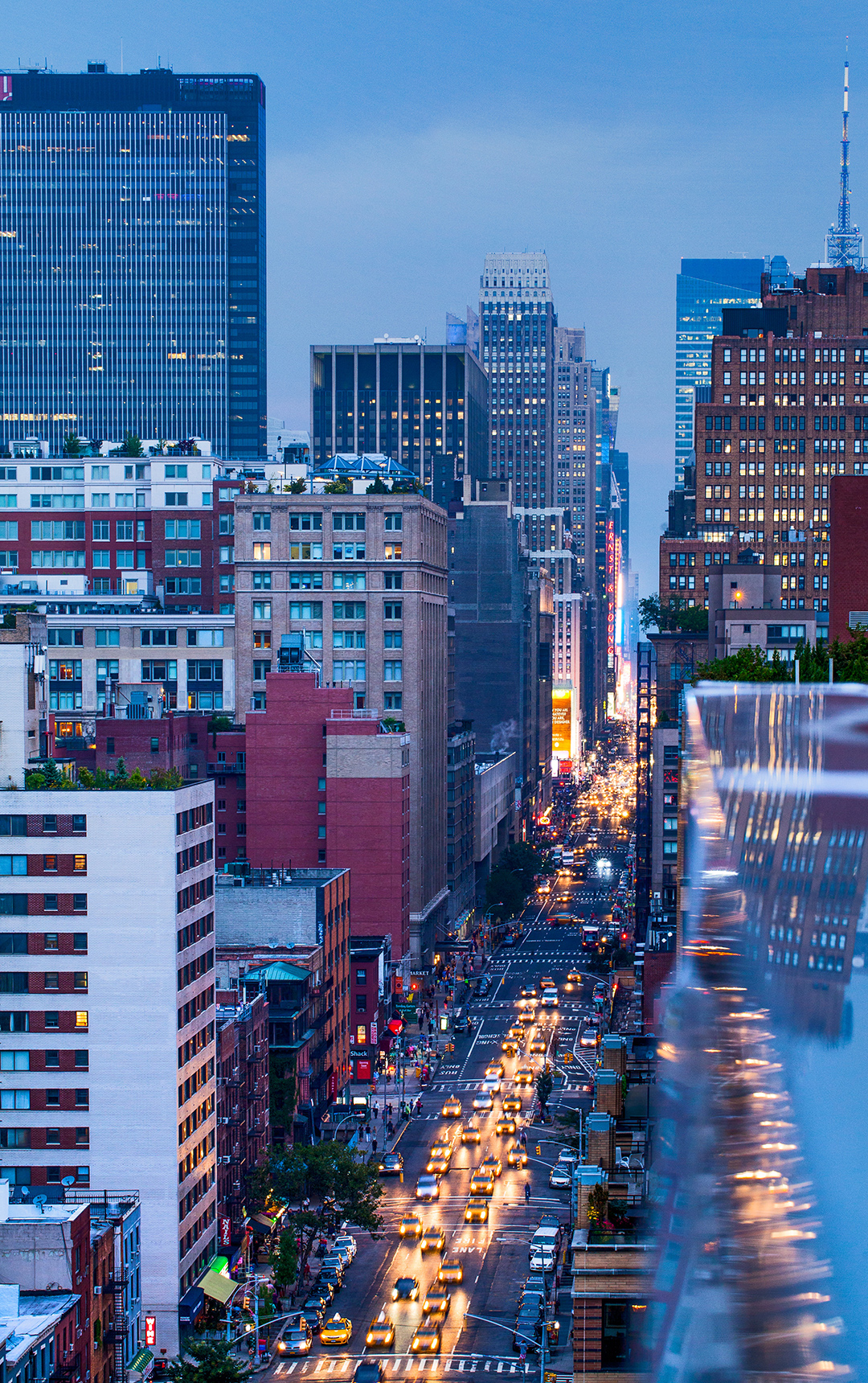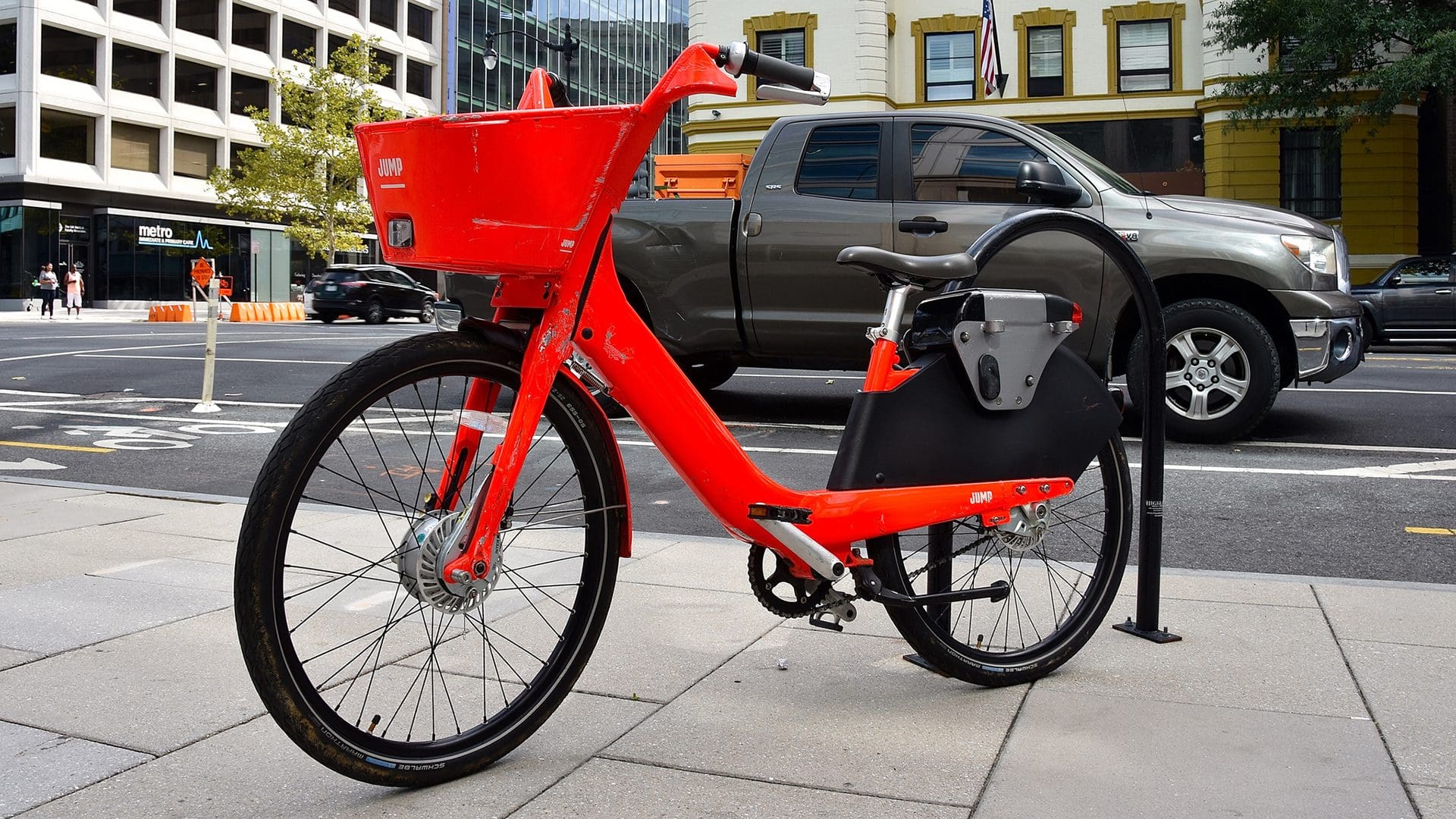March 22, 2019
The United States has some of the worst traffic congestion in the developed world: in 2017, drivers here spent an average of 41 hours stuck in traffic. With the recent proliferation of Transportation Network Companies (TNCs) such as Lyft and Uber, cities, transportation practitioners, and the public want to know if this new mode of travel is exacerbating or helping reduce these congestion levels.
As with many questions surrounding new transportation technologies, the answer is not that clear-cut, and it’s important to look at the bigger picture. If we’re examining how TNCs contribute to congestion, we must consider where this fits in overall traffic patterns, and not overlook other ways TNCs are changing the way people get from place to place.
Here are our thoughts on how TNCs affect congestion, car dependency, accessibility, and parking.

Do TNCs Increase Traffic?
Lyft and Uber contribute to traffic congestion when two criteria are met: (1) the roads are at or near capacity at the time of the trip, and (2) people who would have walked, biked, taken transit, or just stayed put choose to use Lyft or Uber for convenience. In congested situations, each additional car on the road creates delay for other road users. In addition, if those cars are also deadheading (i.e., traveling from a drop-off location to the next pick-up location), that adds even more traffic to our streets.
The stop and go of TNC pick-ups and drop-offs can also inhibit traffic flow in busy city centers. Cities like Boston, San Francisco, Washington, D.C., and Orlando, as well as many private developers, are experimenting with dedicating curb space for passenger pick-up and drop-off zones in hopes of reducing this impact on other road users.
However, while there are certainly contexts in which Lyft and Uber add to congestion, there is also more to the story.
TNCs Are Not the Leading Contributor to Congestion
The reality is TNCs account for only a small fraction of our nation’s vehicle miles traveled. The biggest contributor to traffic congestion is another three-letter acronym: SOVs. Single-occupancy vehicles continue to make up an overwhelming majority of the gridlock we experience. In fact, more than three-quarters of Americans continue to drive alone to work. There is no hope of tackling congestion without lowering this percentage.
The measures we take to improve congestion must be applied to all vehicles, not just Uber and Lyft.
TNCs Provide Access to a Car When You Need One
On the flip side, services like Lyft and Uber may lead to lower car ownership rates among people who drive sparingly. For those individuals, TNCs can fill a vital role that allows them to live without a car. It encourages them to walk, bike, or take transit for their daily needs – knowing that a car ride is available if they need one. Lyft’s 2018 Economic Impact Report claimed 58 percent of their riders who recently discarded their cars said they would not have done so if it weren’t for the availability of ride-hailing.
And for those that cannot afford a car in the first place, ride-hailing has become a lifeline to get to and from work or school when transit is not an option. Lyft and Uber are also slowly but surely adding more support for passengers with limited mobility or special needs. On top of that, they’re substantially less discriminatory toward people of color than their predecessor, the taxi.
While on-demand access to a car can reduce car ownership for certain people, it’s important to note this process is not automatic. Car ownership is a complex decision that people make once in a blue moon. The availability of ride-hailing is only one of several factors to inform that decision – but in some cases, it makes the difference.
TNCs Reduce the Need for Parking Space
Our cities dedicate a ton of street space to private vehicle storage instead of using it for bicycle and pedestrian infrastructure, transit lanes, parklets, or street trees to encourage multimodal travel. Parking lots harm the urban form, making cities less walkable and less desirable. Passengers using Lyft and Uber reduce the need for parking because they aren’t bringing a car to their destinations, meaning surface parking lots, and even parking garages could be repurposed for more productive uses. That’s a big deal.
Lyft and Uber are Moving Toward Multimodal Options
Lyft and Uber are also making big steps toward multimodal transportation options by moving beyond traditional automobiles. Uber recently purchased Jump, a popular bikeshare service, and is testing the integration of transit into its app. Lyft also acquired a bikeshare service called Motivate and, like Uber, is starting to incorporate more shared rides into its platform.
Lyft and Uber have strong technology platforms, massive advertising budgets, and satisfied user bases with millions of apps installed and credit cards on file. They are in a great position to help advance bicycling and transit in our cities.

TNCs are in a great position to help advance bicycling and transit in our cities.
How Can Cities Plan for New Methods of Transportation?
When developing policies to improve transportation, cities must consider the overall system and not a single mode or technology. TNCs and micromobility fleets are part of that overall system and can be beneficial to the public if they steer us toward more efficient use of energy, urban space, and (ultimately) our time. For that to happen, we think that cities must help people get about safely, efficiently, and quickly by:
- Creating or upgrading bicycle infrastructure
- Identifying and fixing sidewalk network gaps
- Improving the frequency, reliability, and speed of transit
Finding solutions to keep communities moving is what we do. Start a conversation with us and find out how new technology and mobility innovations can help, not hinder, your transportation goals.
